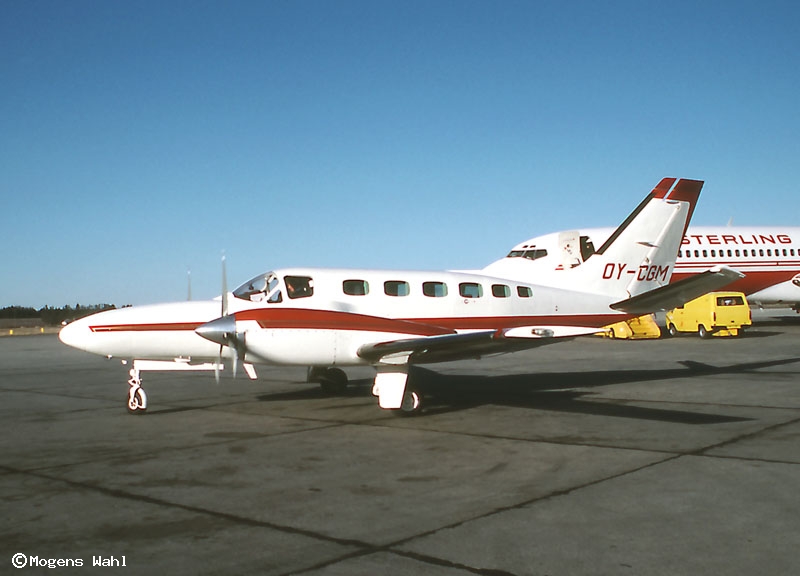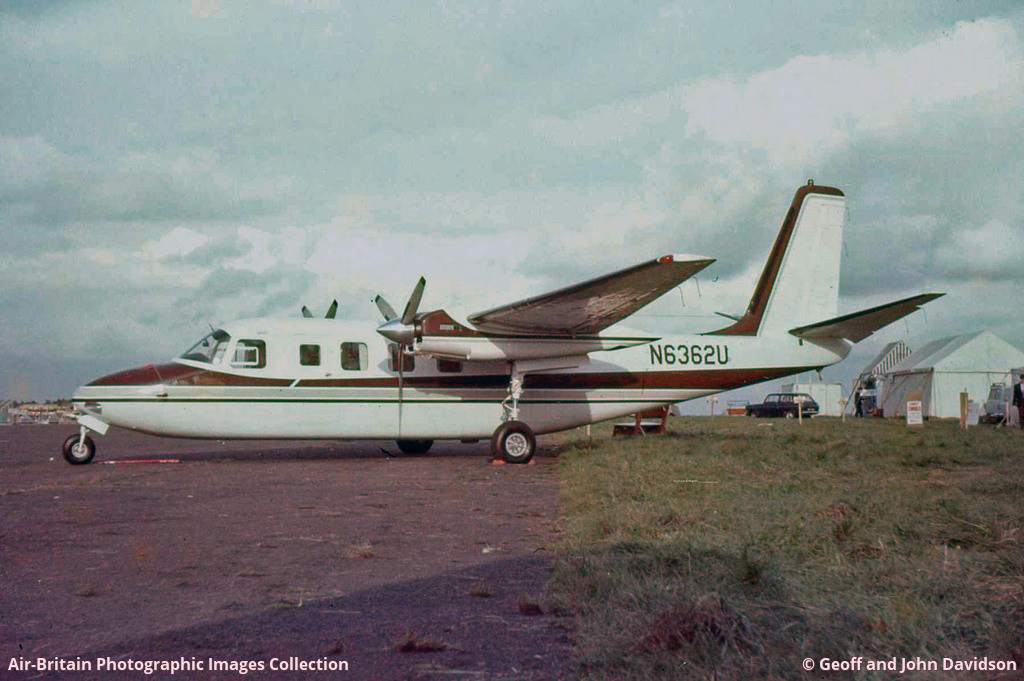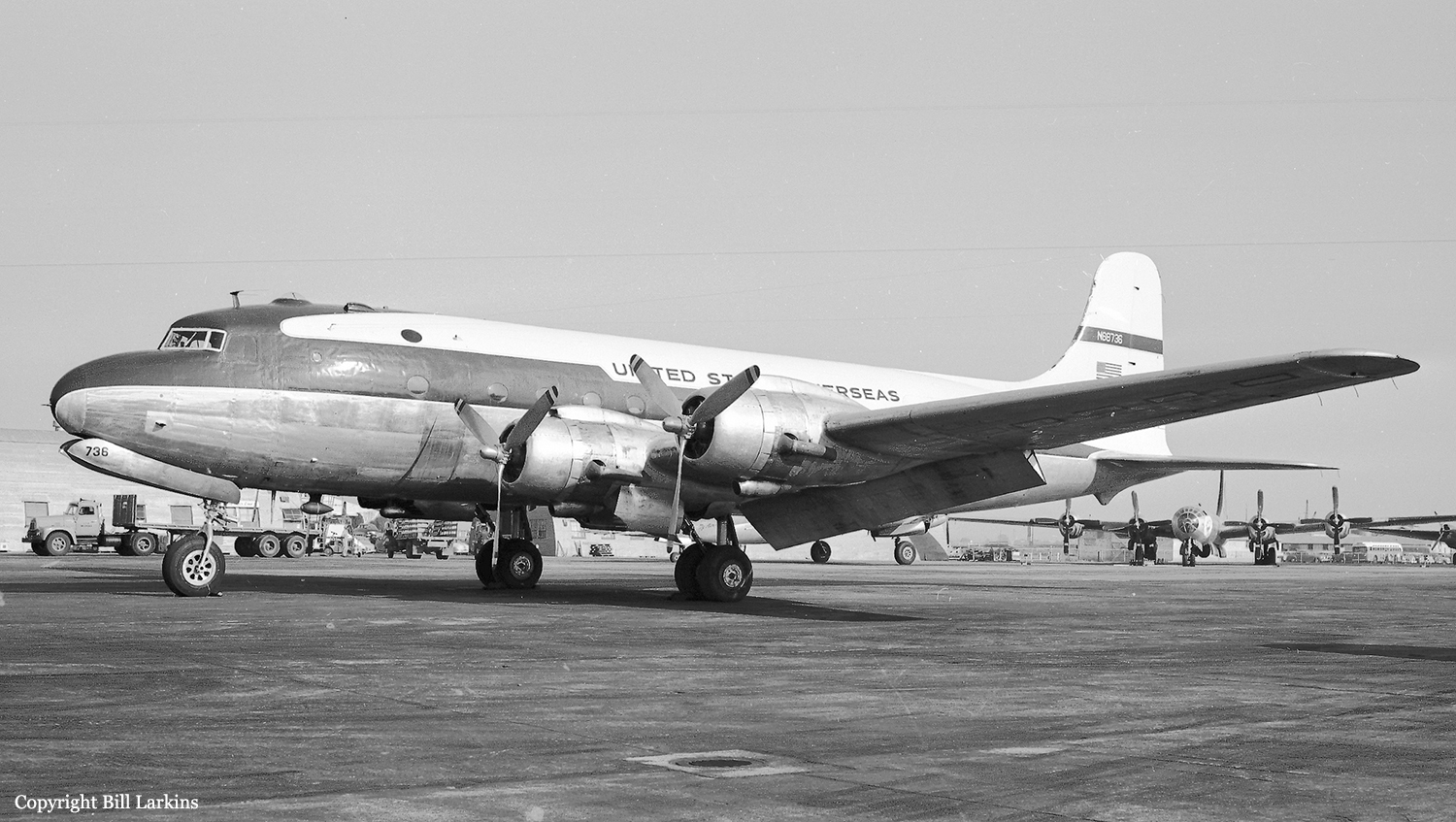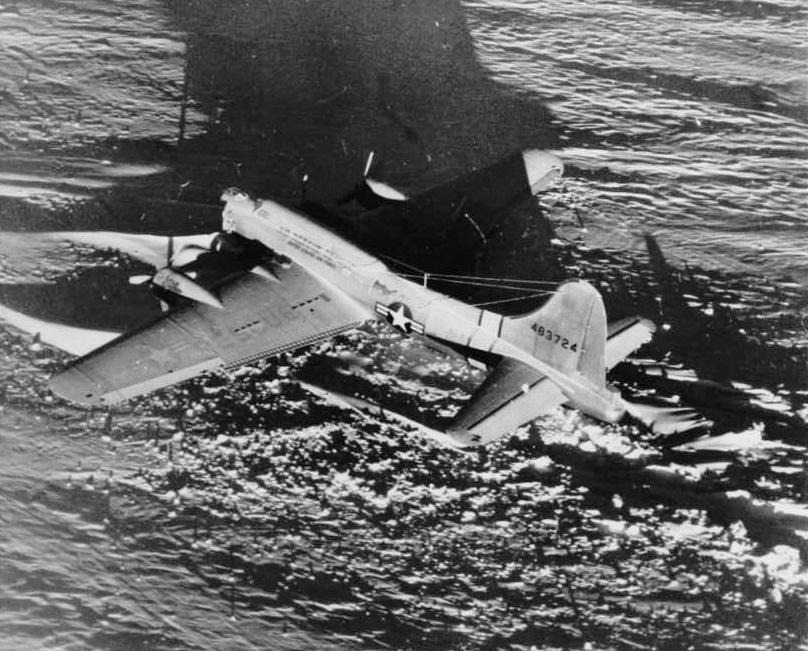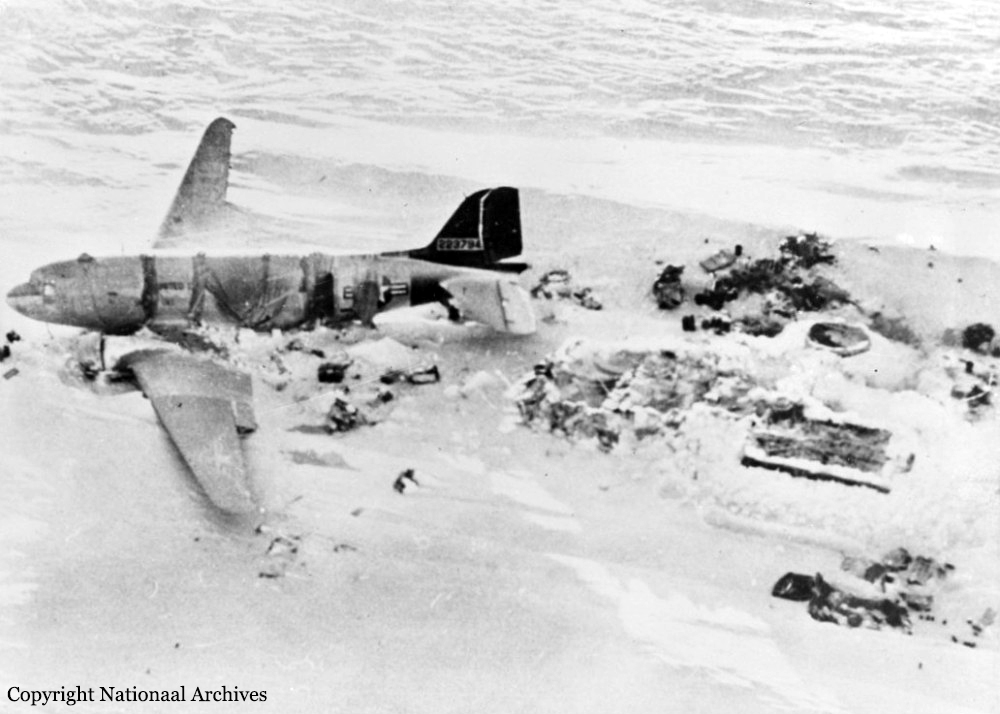Crash of a Cessna 441 Conquest in Greenland: 8 killed
Date & Time:
Sep 12, 1990 at 1745 LT
Registration:
OY-CGM
Survivors:
No
Schedule:
Söndreströmfjord - Goose Bay
MSN:
441-0229
YOM:
1982
Crew on board:
2
Crew fatalities:
Pax on board:
6
Pax fatalities:
Other fatalities:
Total fatalities:
8
Circumstances:
The twin engine aircraft departed Sondreströmfjord on a charter flight to Goose Bay, carrying six sailors and two pilots. Seventeen minutes after takeoff, while cruising at FL220, the aircraft entered an uncontrolled descent and the crew did not send any distress call. At an altitude of 7,000 feet, the aircraft disintegrated and debris scattered on a wide area. The wreckage was found about 148 southwest of Sondreströmfjord and all eight occupants were killed.
Probable cause:
The exact cause of the accident could not be determined with certainty. However, the following findings were reported:
- There was no evidence from the post-mortem examination which suggests a contributory factor in this accident.
- There was no radio transmission from the crew indicating that they were concerned of any problem.
- There was no evidence of fire, engine failure, explosion, structural or mechanical defect prior to the in-flight break-up.
- The evaluation of the ATC tape indicates that an impairment of the crew was present, consistent with, but not confirmatory of hypoxia.
- There was no evidence from the post-mortem examination which suggests a contributory factor in this accident.
- There was no radio transmission from the crew indicating that they were concerned of any problem.
- There was no evidence of fire, engine failure, explosion, structural or mechanical defect prior to the in-flight break-up.
- The evaluation of the ATC tape indicates that an impairment of the crew was present, consistent with, but not confirmatory of hypoxia.
